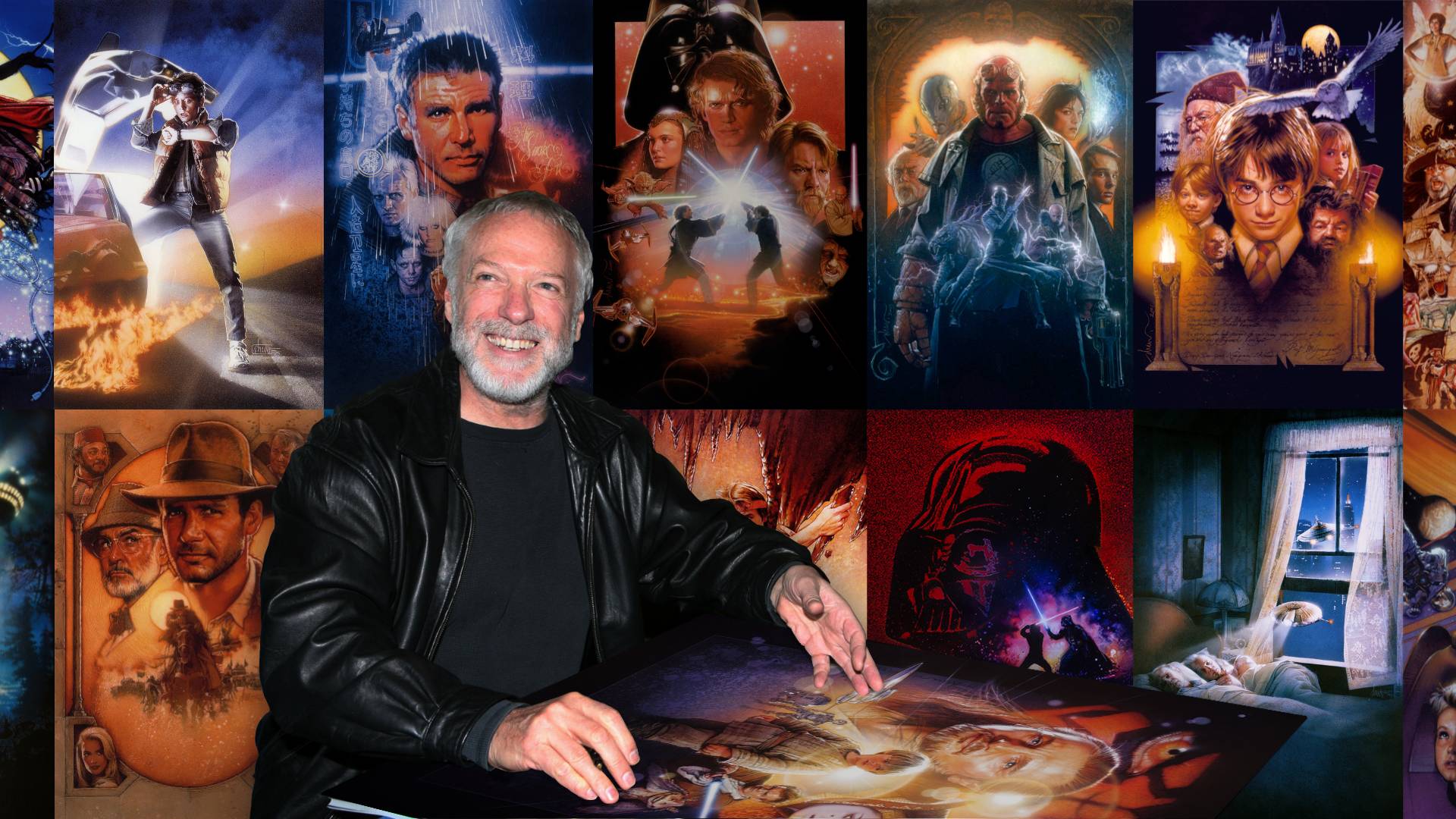It is most unfortunate that Christopher Nolan’s latest production got tangled up in the viral media campaign that was “Barbenheimer.” I had high expectations for Oppenheimer, given the director’s previous efforts, including Dunkirk (2017). While I am not exactly disappointed in his retelling of the Manhattan Project story centred on the most charismatic scientist and the “Father of the Atom Bomb,” the final film has several problems.
At three hours, it is overly long and could be improved by editing it down to two and half hours. The security trial sequence drags on interminably, and the film belabours the point that Oppenheimer was his own worst enemy in dealing with the McCarthy era Military Mindset. In addition, the young Swedish composer Ludwig Göransson confused Oppenheimer with Bruckheimer and the score is loud and overbearing, particularly so if you watched the 65mm UltraAVX edition with the sound cranked up to “stun.”
On a positive note, the critics have given the film a “thumbs up” in terms of casting, direction, and potential technical candidates for Academy Awards.
Importantly, those few critics who mentioned The Imitation Game (2014) in relation to Oppenheimer at all, missed the point of how similar the two films are, when you compare them in detail. Both screenplays are based on biographies. American Prometheus: The Triumph and Tragedy of J. Robert Oppenheimer (2005) in the case of Oppenheimer and Alan Turing: The Enigma (1983) for The Imitation Game.
The directors of the respective films are each “outsiders” to the respective stories with Christopher Nolan being British and Morten Tyldum Norwegian.
In terms of plot, the two films focus on secret WWII scientific programs which changed the entire course and outcome of the world-wide conflict. These programs were financed and administered by the military at a Top-Secret level, which excluded US Vice President Truman.
The central characters in both films are eccentric brilliant figures who have difficulties working with other scientists, but manage to overcome their limitations, and fulfill their potential. They are both entrapped by the political dynamics of the Cold War and their personal political views.
Accusations and suspicions of Communist spy activities dog both protagonists throughout the war and their subsequent careers. The FBI actively monitored Oppenheimer’s movements, as depicted in the Nolan film and MI6 investigates Turing’s activities while he was at Bletchley Park in the Tyldum production.
The casting of Cillian Murphy as Oppenheimer is logical, given how often he has worked with Christopher Nolan. His portrayal of the scientist is exceptionally good based on personal research into the character and subsequent weight loss needed for the part. Benedict Cumberbatch was the ideal candidate for the role of Alan Turing, and his performance received widespread critical acclaim. Both films are extremely well cast.
To round out the life stories of both scientists, Oppenheimer lost his “top secret” security clearance in December 1953 and was never able to work as a government scientist again. He died of throat cancer in 1967 aged 62. Alan Turing was arrested for “gross indecency” in 1952, forced to undertake chemical castration, and committed suicide in 1954 at age 41 via cyanide poisoning.
While both men’s reputations were attacked in life, Oppenheimer was given the Enrico Fermi Award (and $50,000) by President Johnson Dec. 1963, almost immediately following the assassination of John F. Kennedy. Unfortunately, it would take until 2014 for Queen Elizabeth II to officially pardon Turing—the same year The Imitation Game was released in the UK.
In some senses, my reservations regarding Oppenheimer might be due to the feeling that Nolan selected the wrong source material. For my money the best book involving Oppenheimer is 109 East Palace: Robert Oppenheimer and the Secret City of Los Alamos which provides a very different (and potentially more accurate) point of view on the subject. The author Jennet Conant's grandfather James Conant was one of the major scientists involved in the Manhattan Project and he was also an ally of Oppenheimer when it came to opposing the H-Bomb development of Edward Teller’s "Super" bomb.
It was most unfortunate that Jennet Conant’s title was published in 2005 as book was overshadowed by American Prometheus, which went on to win the 2006 Pulitzer Prize for Biography.
I must admit that I have not read Andrew Hodges Alan Turing: The Enigma (1983), so can not comment on how accurately it was transposed by screenwriter Graham Moore. However, for what it is worth, Moore received the Academy Award for Best Adapted Screenplay in February 2015 for The Imagination Game.


.png)


.jpg)


.jpeg)



.jpg)

.jpg)

.jpg)







.png)